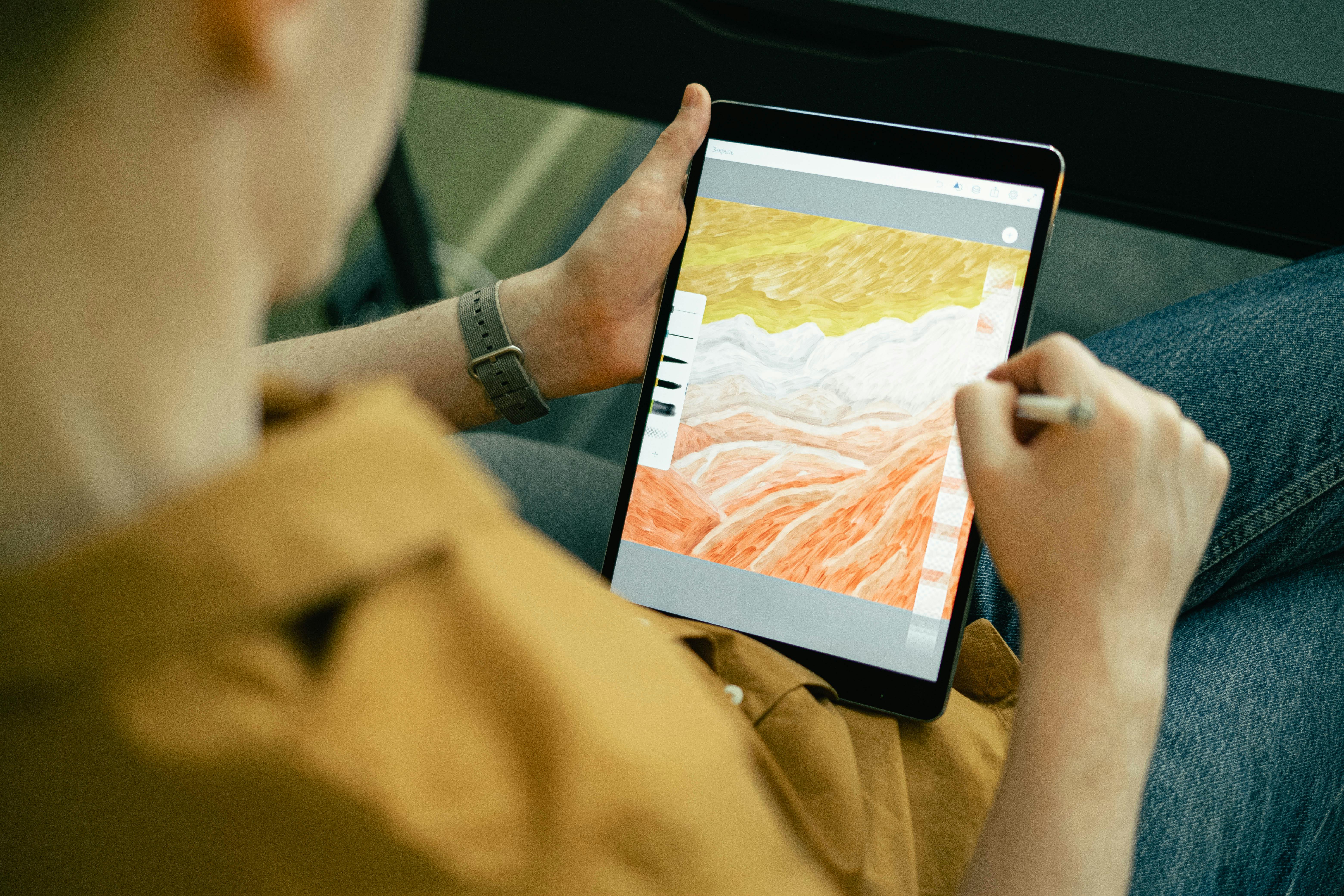Holographic Touch: The Next Frontier in User Interfaces
In a world where touchscreens have become ubiquitous, a new technology is emerging that promises to revolutionize how we interact with our devices. Holographic touch interfaces are stepping out of the realm of science fiction and into reality, offering a tantalizing glimpse into a future where we can manipulate virtual objects in mid-air. This cutting-edge technology combines advanced optics, sensors, and artificial intelligence to create interactive holograms that respond to our touch, potentially transforming everything from smartphones to industrial controls.

How Holographic Touch Works
At the heart of holographic touch systems are high-resolution projectors that create vivid, three-dimensional images in mid-air. These projectors work in tandem with depth sensors and cameras that track the user’s hand movements with millimeter precision. When a user reaches out to touch a holographic object, the system detects the interaction and responds accordingly, updating the hologram in real-time to reflect the user’s actions.
The Role of Haptic Feedback
One of the most crucial aspects of holographic touch interfaces is haptic feedback. Without the physical sensation of touching a surface, interacting with holograms could feel unsatisfying and disconnected. To address this, researchers are developing innovative haptic technologies that can create the sensation of touch in mid-air. These systems use focused ultrasound waves or air vortices to apply pressure to specific points on the user’s hand, simulating the feeling of interacting with a physical object.
Applications Across Industries
The potential applications for holographic touch interfaces are vast and varied. In the medical field, surgeons could manipulate 3D models of patient anatomy without the need for physical contact, reducing the risk of contamination. Automotive designers could shape and modify virtual car models in real-time, streamlining the design process. In education, students could interact with complex molecular structures or historical artifacts as if they were right in front of them.
Challenges and Limitations
Despite its promise, holographic touch technology faces several challenges. The precision required for accurate hand tracking and hologram projection is extremely high, and current systems can be sensitive to environmental factors like ambient light. Additionally, the computing power needed to render and update complex holograms in real-time is substantial, potentially limiting the technology’s portability and accessibility in its early stages.
The Road to Commercialization
While holographic touch interfaces are still primarily in the research and development phase, several companies are making significant strides towards commercialization. Tech giants and startups alike are investing heavily in this technology, recognizing its potential to disrupt the user interface market. Industry analysts estimate that the first consumer-grade holographic touch devices could hit the market within the next 3-5 years, with prices initially ranging from $1,000 to $5,000 for high-end models.
Implications for User Experience
As holographic touch technology matures, it has the potential to fundamentally change how we interact with digital information. The ability to manipulate virtual objects in three-dimensional space could make computer interfaces more intuitive and natural, bridging the gap between the digital and physical worlds. This could lead to new forms of creative expression, more immersive entertainment experiences, and more efficient ways of working with complex data.
The Future of Human-Computer Interaction
Holographic touch interfaces represent just one facet of the ongoing revolution in human-computer interaction. As this technology converges with advancements in augmented reality, artificial intelligence, and brain-computer interfaces, we may be moving towards a future where the lines between the digital and physical worlds become increasingly blurred. The implications of this convergence are profound, potentially reshaping not just how we use technology, but how we perceive and interact with the world around us.





